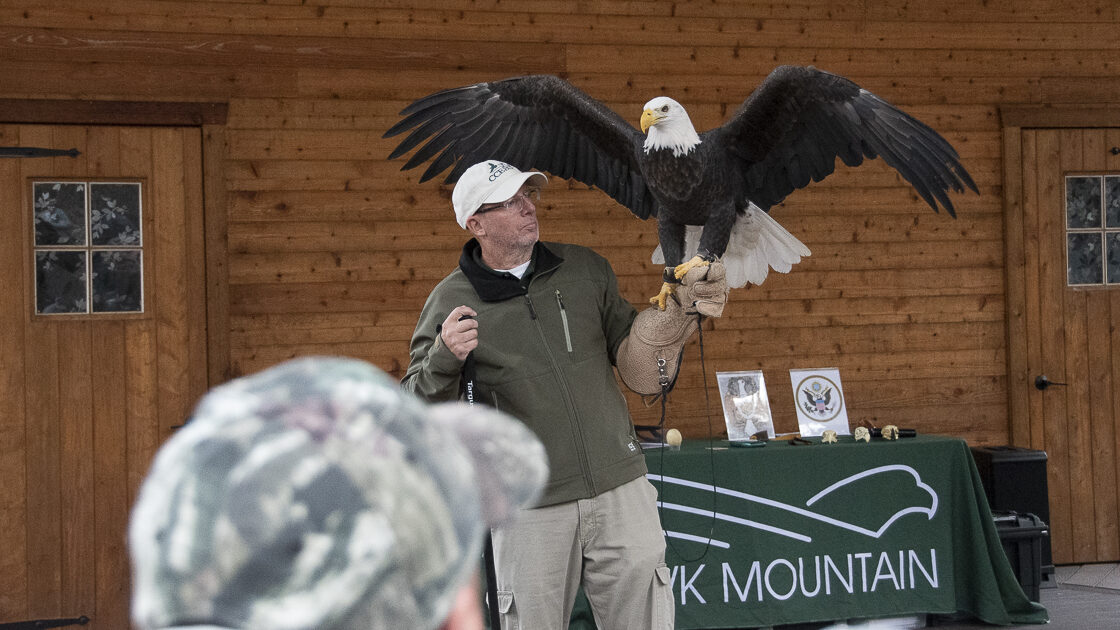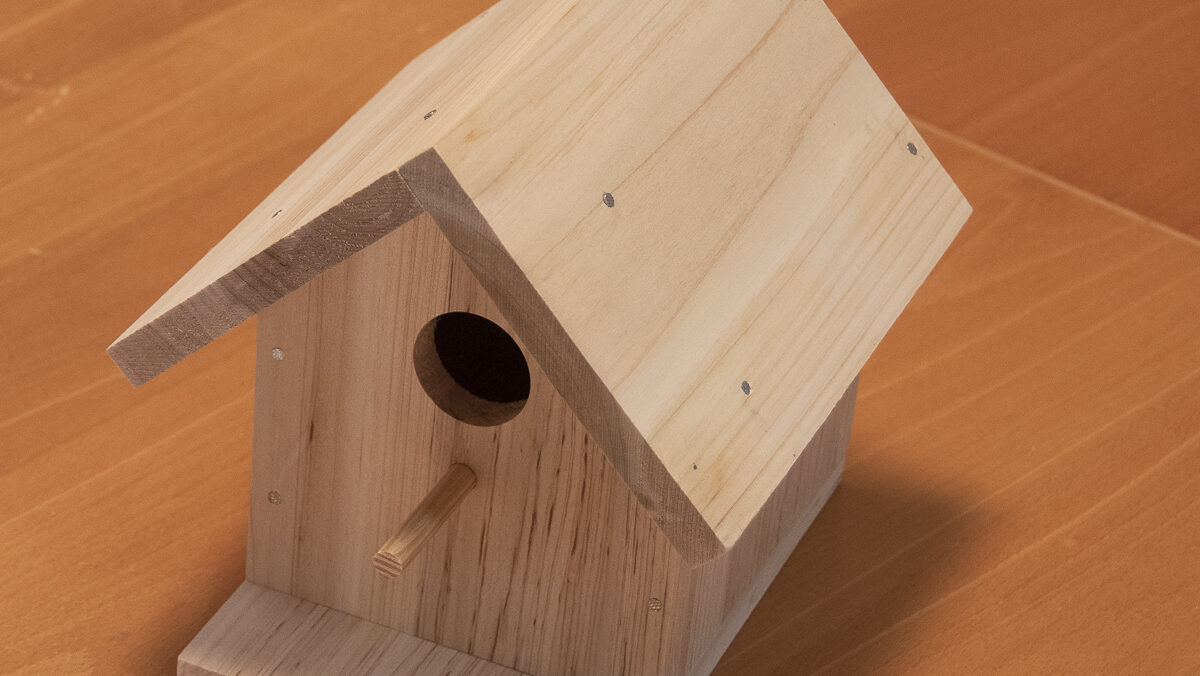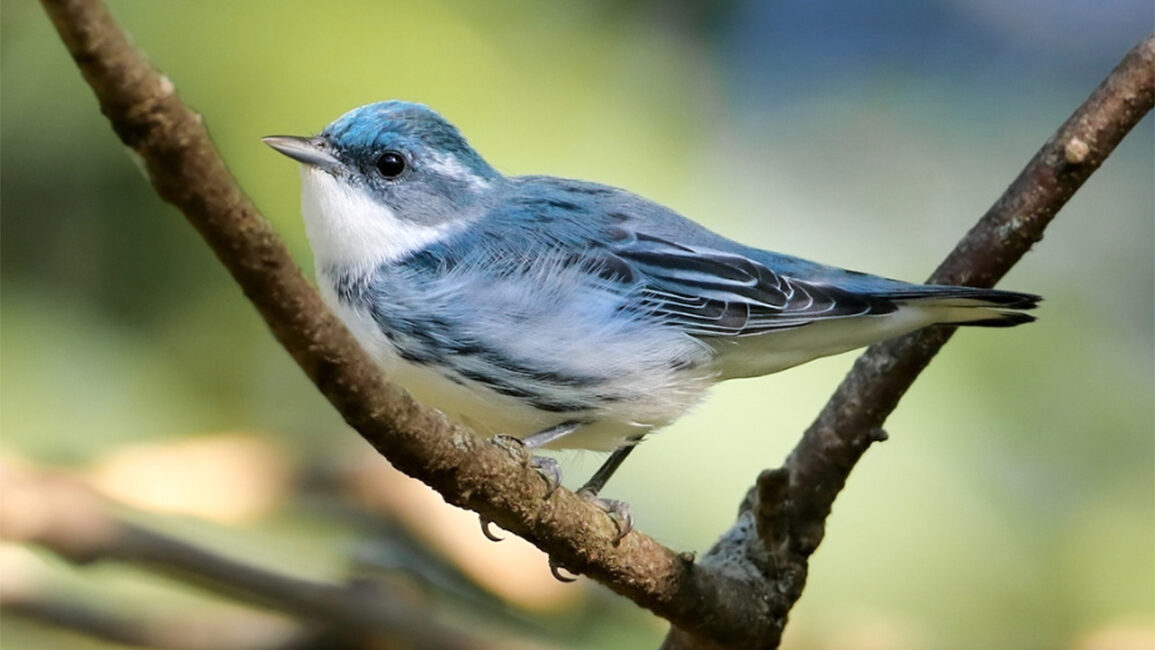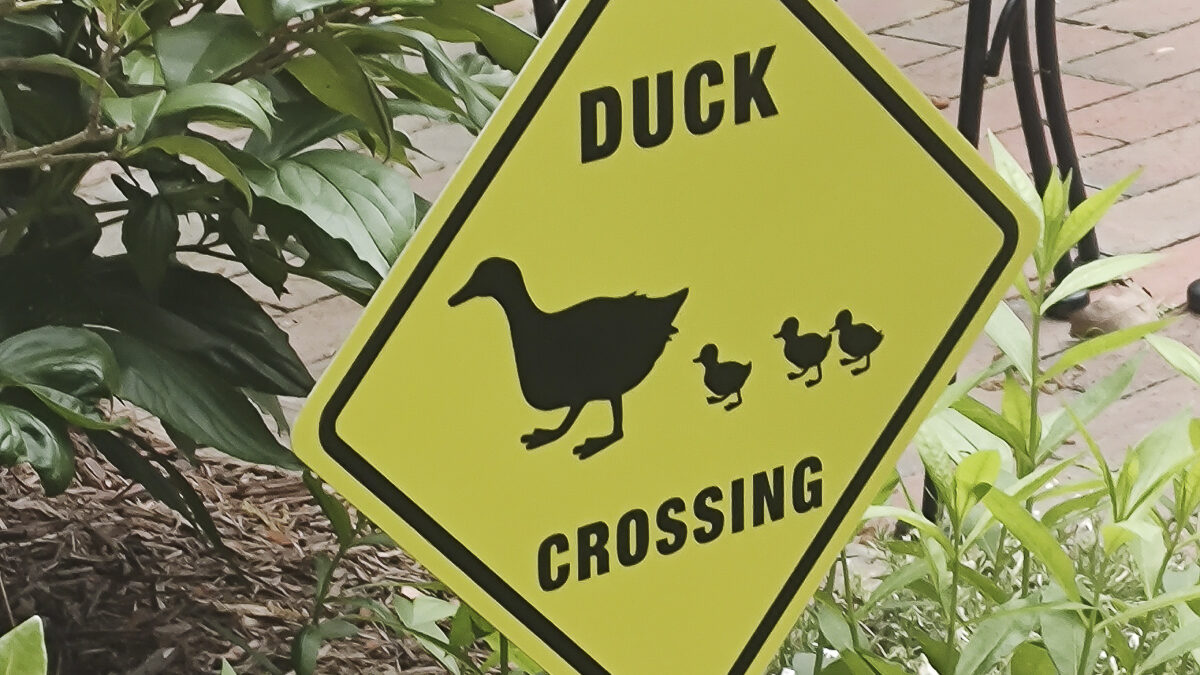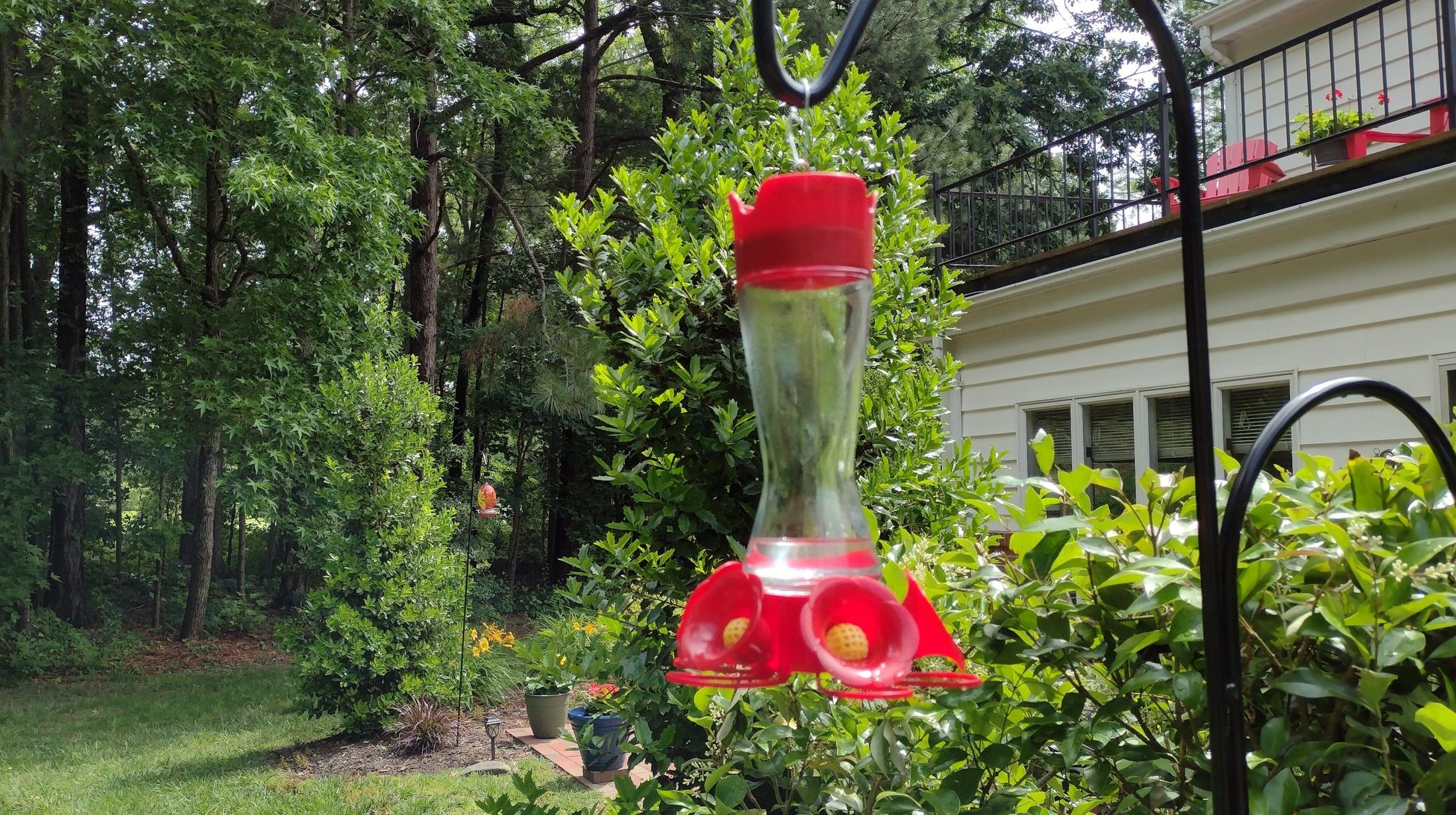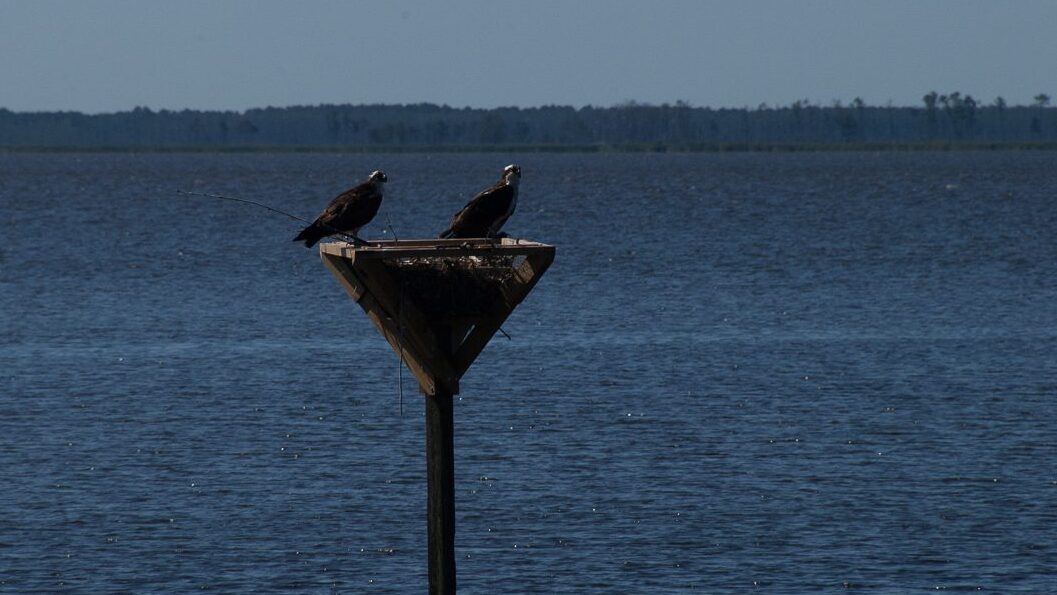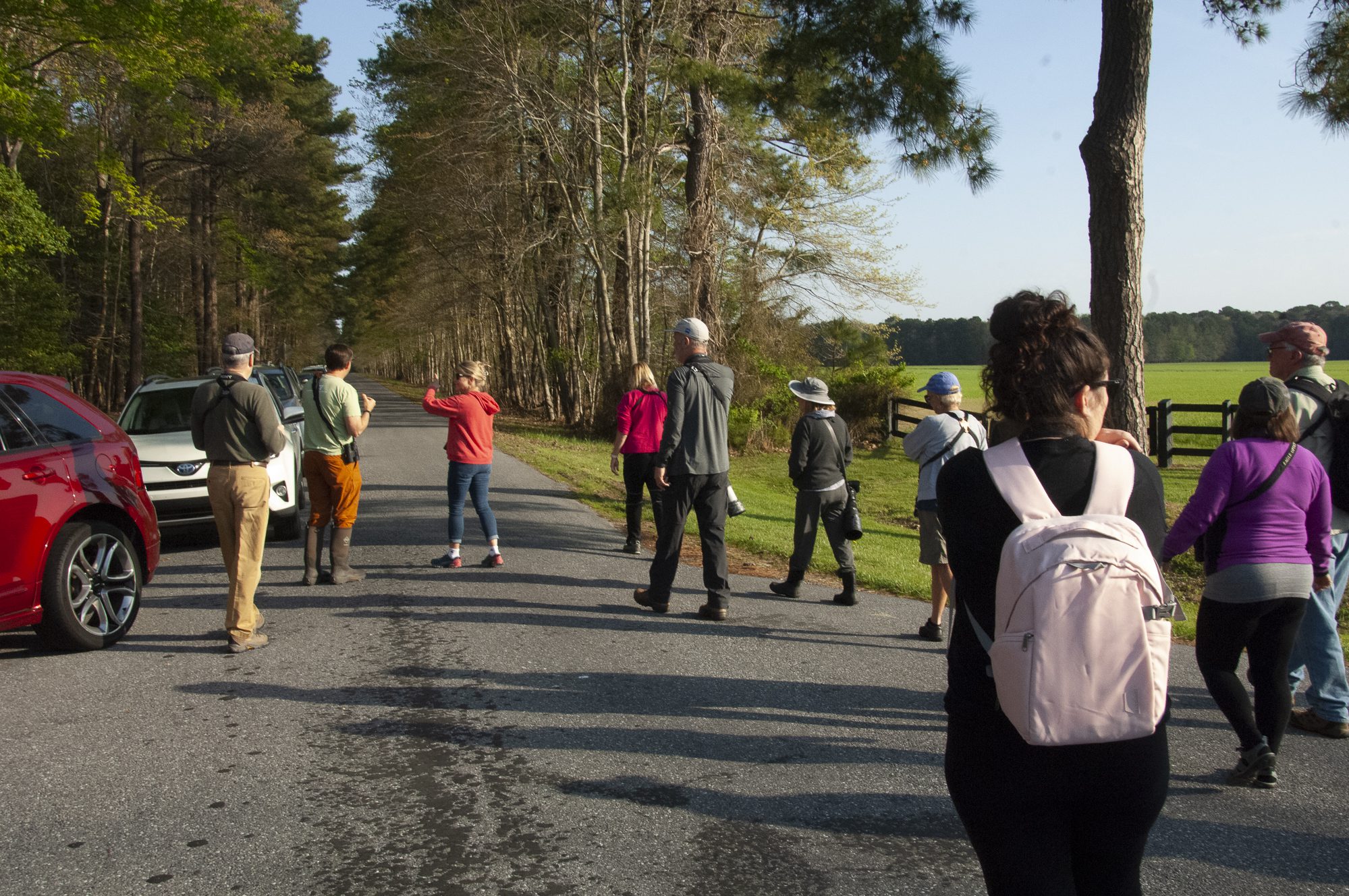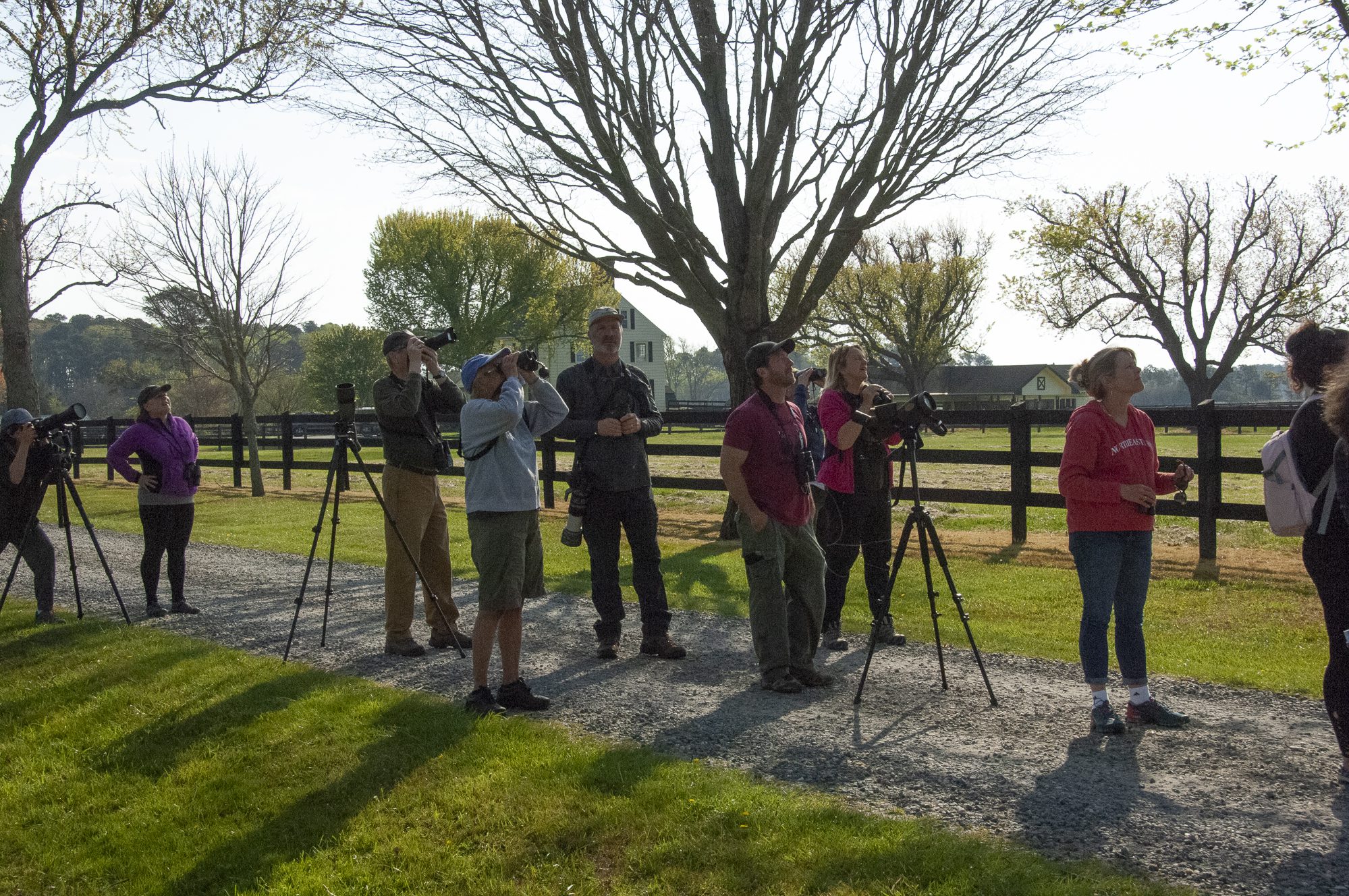Discovering amazing falcons and eagles in northern Pennsylvania
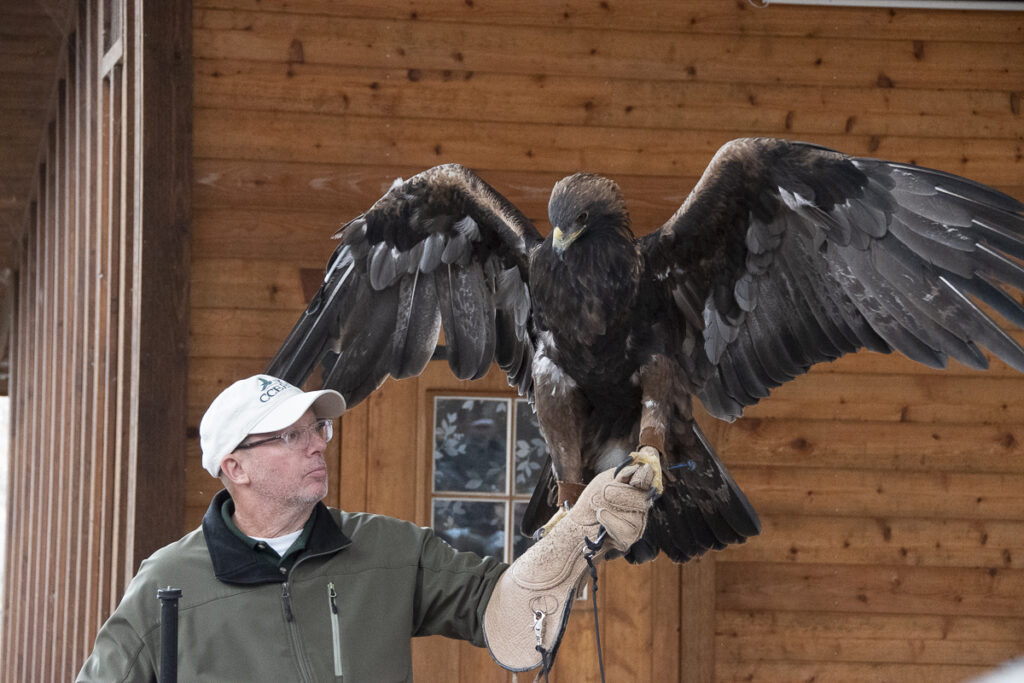
We wound our way up the narrow road to Hawk Mountain Sanctuary in northern Pennsylvania and felt a slight hint of being in a higher altitude. Along with several others we were headed there for Eagle Day, a celebration of the many species of raptors as they fly south to warmer climates for the winter. The sanctuary that’s part of the Kittatinny Ridge, is a regular stopover for thousands of raptors enroute to their winter homes. Hiking and spotting all species of raptors and birds draws many outdoor lovers to this wildlife area just northwest of Allentown and north of Reading. We were all there to discover the amazing falcons and eagles at Hawk Mountain sanctuary.

The Visitors Center was our first stop to get the lay of the land where we found a nice selection of books and puzzles about the outdoors and wildlife; the collection for kids was especially noteworthy. Kowa and Zeiss binoculars had nice displays of their optics so you could hold and operate the binocs for a hands on experience. It’s one of the few places we’ve been where binocular experts answer your questions about their features and how to use them.
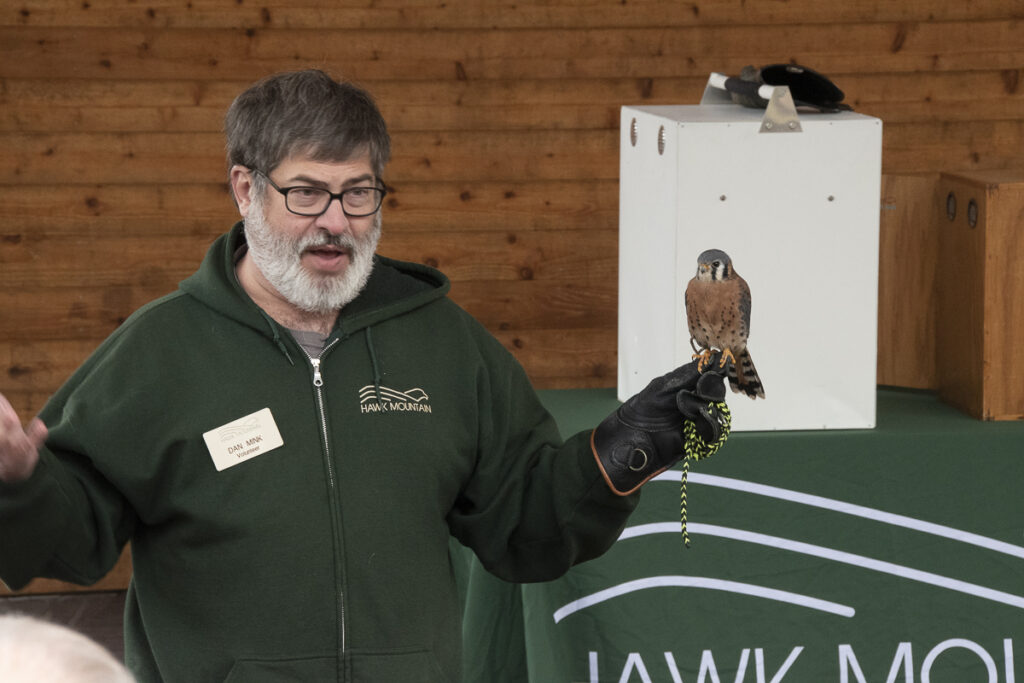
The first presenter of “Raptors Up Close” was Doug, a volunteer at the sanctuary who introduced us to an American Kestrel. Wearing a heavy leather glove, Doug opened the cage and presented the falcon with leather ankle bracelets attached to a lanyard controlled by Doug. So we could see the bird in all its glory but the raptor couldn’t fly away. Also called a sparrow raptor, this species with close set eyes is known for its extraordinary vision. This makes them vision hunters because they can focus and spot a small mouse half a mile below them on the ground.
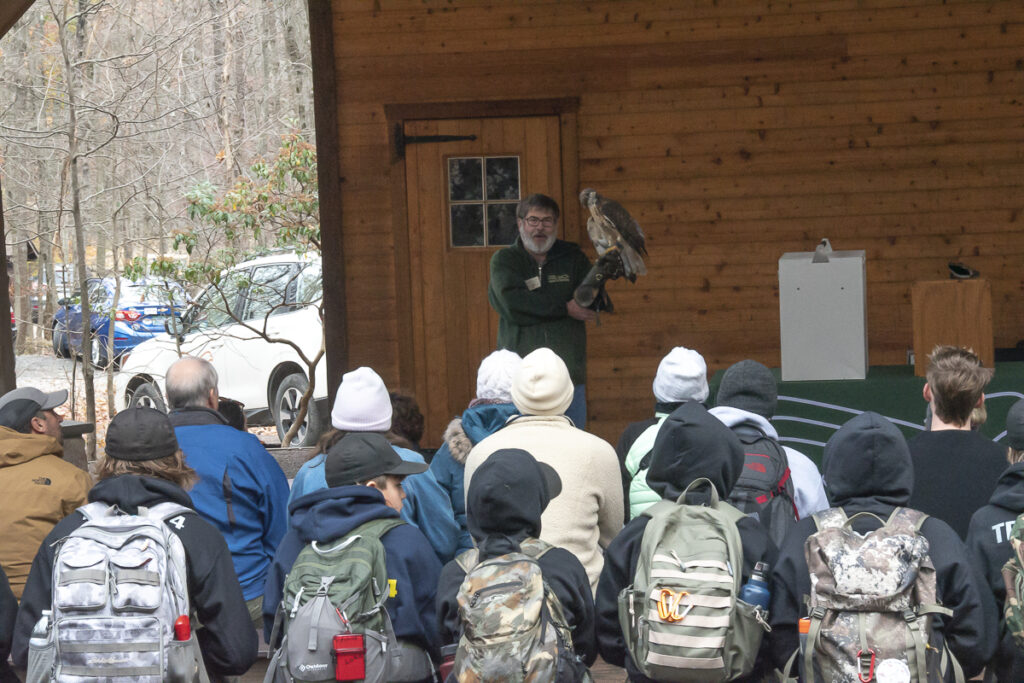
Most of the raptors at the Sanctuary are there because they were injured and rehabilitated, but they cannot be released or survive in the wild on their own. Others may have been raised by a human and never been in the wild.
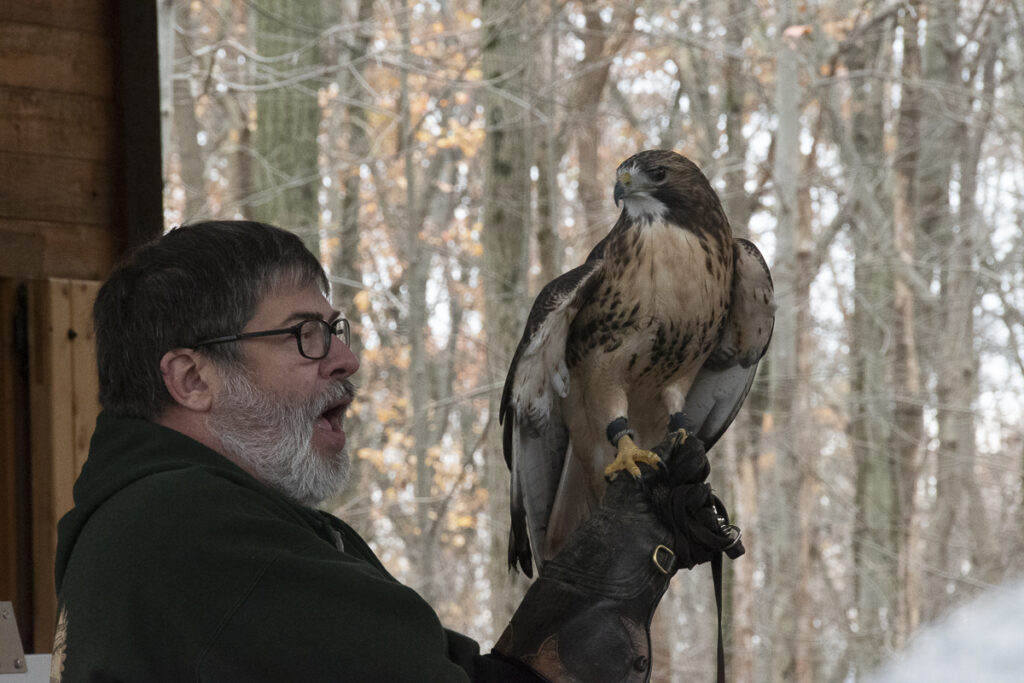
The next presenters were Susan Gallagher, the Chief Naturalist and Frank Klock, a Naturalist from the Carbon County Environmental Education. They brought two female eagles, spectacular creatures for everyone to see and appreciate in the amphitheater. The redtail hawk on Frank’s arm weighing about 5 pounds, had a severe shoulder injury from being hit by a car. This is a common problem because when working on a dead rodent on the roadside they are vulnerable and often hit by a passing vehicle. When Frank opened the cage of a Golden Eagle the crowd was awe-struck by its size and beauty and piercing eyes.
Landmark in American Conservation movement
Hawk Mountain Sanctuary began during the Great Depression in 1929 when a young amateur ornithologist, Richard Pough, first visited the mountain. He was living in Philadelphia and became one of the growing number of conservationists who opposed hunting and killing wildlife like raptors as a sport. When he visited Hawk Mountain he saw hundreds of passing hawks being hunted and shot. He returned to the mountain and gathered and photographed their remains. The photos eventually were seen by Roslie Edge, a New York conservation activist, who came to Hawk Mountain, and leased 1.400 acres. When she hired a warden for the property, the shooting stopped.
She opened the Sanctuary to the public as a place to see the beautiful, but persecuted birds of prey. In 1938 she purchased and deeded the 1,400 acres to Hawk Mountain Sanctuary Association, a group that was incorporated as a non-profit organization in Pennsylvania. Today the sanctuary has grown to 2,600 acres, with over 60,000 visitors a year and more than 9,000 members/volunteers who keep the Sanctuary’s mission alive.
We saw many of those volunteers on Eagle Day directing cars for parking, and stationed throughout the grounds eager to answer questions from visitors. The sanctuary has grown to include a scientific research center, an international conservation training site, a learning facility for all ages, an eco-tourism destination open to the public year-round and the world’s largest member-supported raptor conservation organization.
Trails for briding, walking and hiking
Hikers and birders are frequent visitors throughout the year especially during spring and fall migration patterns. The six hiking and walking trail loops range from moderate to more difficult. While some are considered ADA compliant using a motorized chair, we noticed others were rough with tree roots making for uevening footing. We saw many hikers with walking sticks, which would be especially useful after a good rainfall that makes leaves slick and slippery.
Hawk Mountain Sanctuary checks all the boxes for a wildlife area to discover an amazing array of birds, especially falcons and eagles on trails to walk and enjoy.
For more information go to www.hawkmountain.org and www.carboneec.org.
.
- Fall Bird Migration
- Choosing Binoculars for Bird Watching
- Monoculars and Spotting Scopes for Birding
Gene and Katie Hamilton are bird watchers who attend birding festivals and events and write about the wonders of the birding world. They are members of the Outdoor Writers Association of America.
Post Views: 860
|

